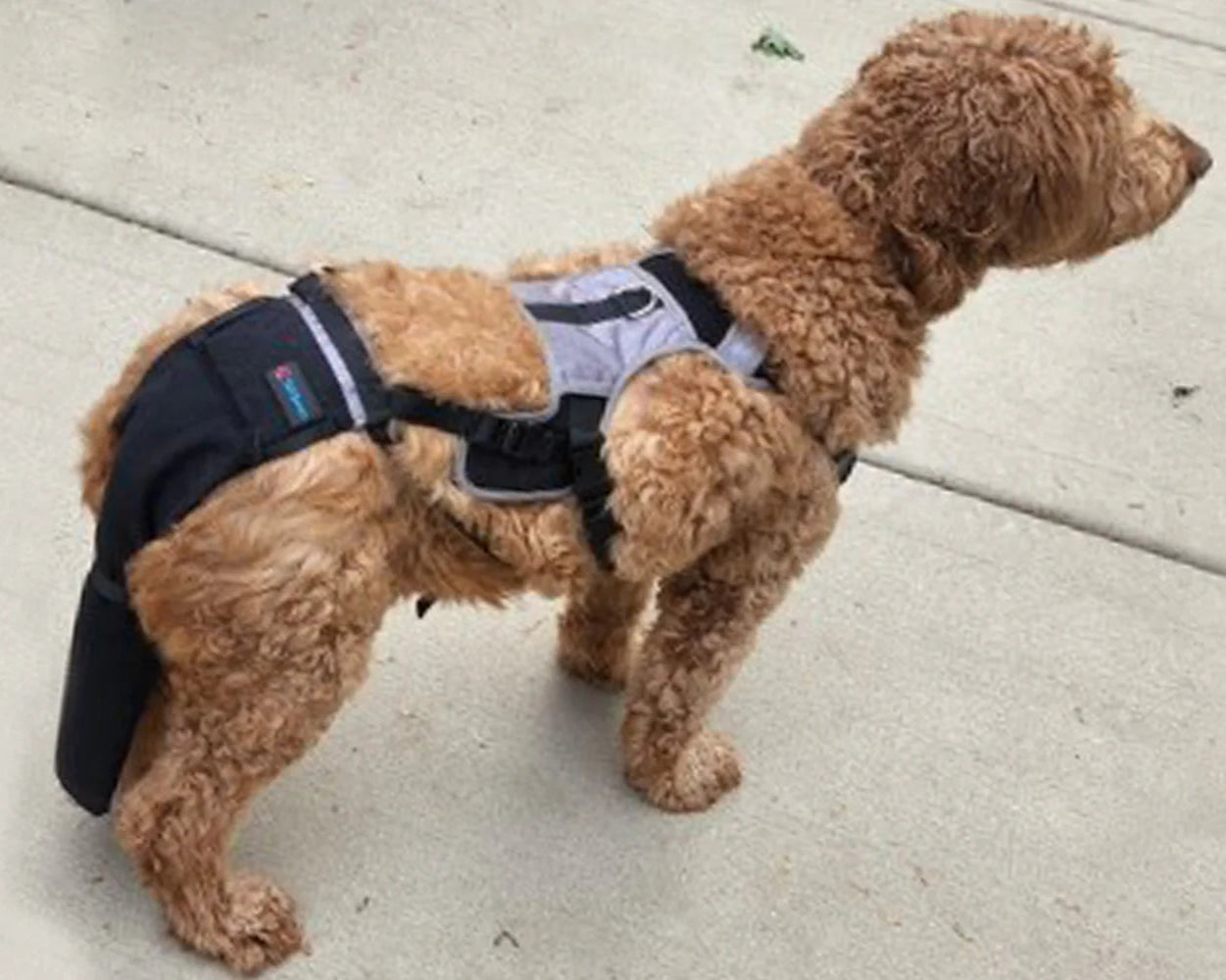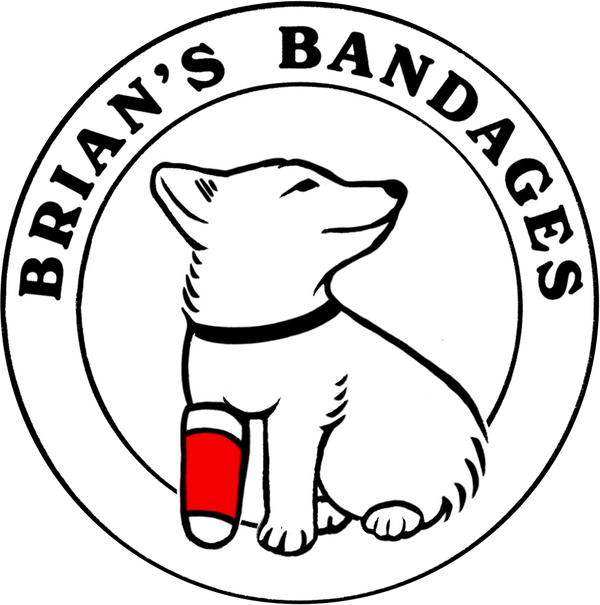Tail Bandage
Tail bandages are uniquely designed to protect injuries, surgical sites, or wounds on the tail, which can be notoriously difficult to bandage due to the tail’s mobility and tendency to wag or drag. Whether managing a “happy tail” injury, laceration, or post-operative site, proper technique is key to keeping the bandage in place and the wound protected.
For more localized or small wounds, a tie-over bandage may be considered instead, allowing for direct wound protection while maintaining breathability and easier access for rechecks.
Purpose and Application
- Tail bandages are used to:
- Cover and protect wounds, abrasions, or surgical incisions on the tail
- Prevent further trauma or bleeding from wagging injuries
- Support healing in cases of amputation or partial tail trauma
- Shield the tip of the tail from repetitive impact against hard surfaces
- Due to the high risk of bandage slippage, special modifications are essential for durability and effectiveness.
Bandage Construction
- Stirrups for Security: Adhesive tape strips are applied to the skin at the base of the tail before wrapping begins. These stirrups are then folded back over the outer bandage layer to help secure the wrap and prevent slippage—a critical step in keeping the bandage in place on such a mobile area.
- Padding and Wrap: A non-adherent dressing is placed on the wound, followed by gentle padding with roll cotton or cast padding. The tail is then wrapped with elastic gauze, maintaining 50% overlap and careful tension to avoid constriction.
- Syringe Tip Protector: To protect the very end of the tail, a plastic syringe casing (with the tip cut off) can be applied over the bandage tip. This acts as a protective cap, absorbing impact and shielding the wound from contact with hard surfaces. It also helps maintain the bandage structure and reduce pressure directly on the wound site.
- Final Layer: VetWrap or other cohesive wrap is applied to secure the bandage, followed by securing the tape stirrups over the top layer for reinforcement.
Advantages
- Protects the tail from further trauma or contamination
- Syringe tip prevents direct impact on the wound end
- Stirrups significantly reduce the risk of bandage slippage
- Supports faster healing of tail injuries that are otherwise prone to reopening
Considerations
- Bandages should be monitored daily for slipping, chewing, or moisture
- Avoid wrapping too tightly, especially near the base of the tail, to maintain circulation
- Use of an Elizabethan collar is often necessary to prevent self-trauma
- In very active or large-breed dogs, bandage reinforcement (like tape tabs to the rump) may be needed

Recommended Product
The K9 TailSaver® is a two-part tail protection system designed to help dogs heal from tail injuries like Happy Tail Syndrome. It includes a padded tail sleeve and a secure harness that stays in place, allows wagging, and is machine washable—making it a reliable, comfortable alternative to traditional tail wraps.
Want to see how these bandages are made?
Unlock access to the largest bandaging video library available and watch step-by-step how each bandage is applied correctly and effectively!



